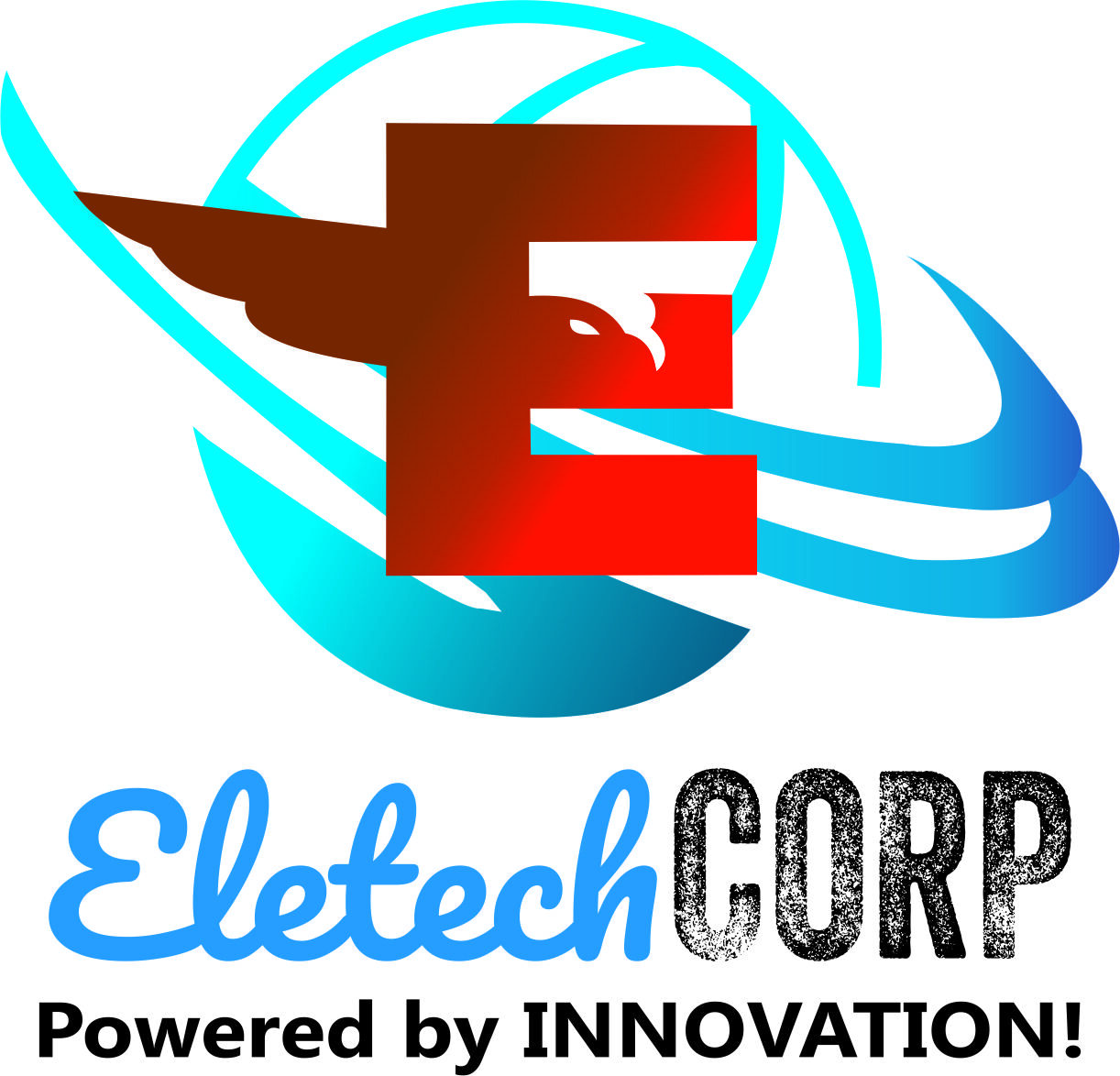What is Azure Defender?
Mention the name "Defender" in relation to Microsoft and I'm taken back to the launch of the Windows Defender anti-spyware product, in 2006. This was truly breaking news that Microsoft would launch their own protection software, off the back of the acquisition of GIANT anti-spyware, that would be free to users of Windows XP. Fast forward fourteen years and there's a new Defender in town - or is there? Not a new product - but some new capabilitiesPreviously we've talked about Azure Security Center having two "tiers" of features and pricing: the Free tier and the Standard tier. Azure resources were enabled with the free tier by default and could be upgraded to Standard. Azure Defender is the new name for the standard tier, but it goes further than just a name change. Azure Defender unifies the security management of different workload types, within the Azure Security Center. In addition to a list of supported (generally available) and newly supported (in public preview) services, Azure Defender also analyzes signals from Azure network fabric and the service control plane, to detect threats across all Azure resources.…

